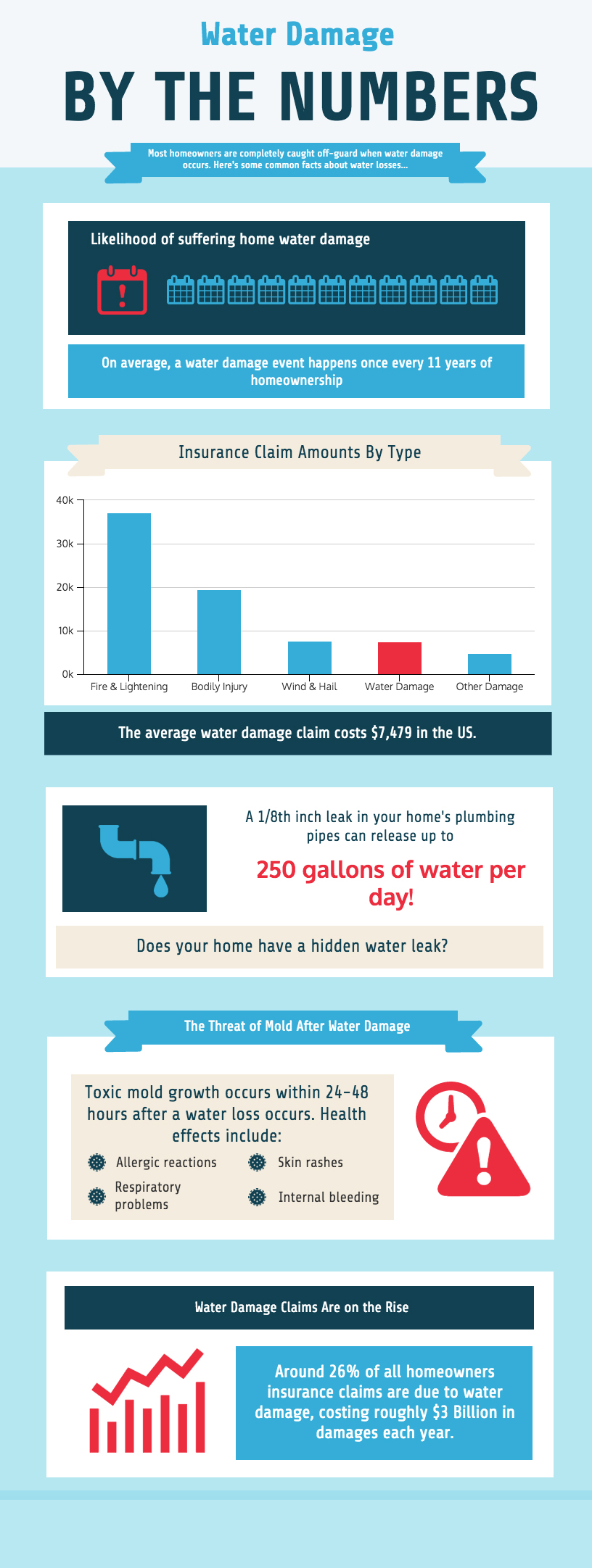Assessing The Financial Aspects Of Solar Energy Setup: Is It A Worthwhile Investment?
Assessing The Financial Aspects Of Solar Energy Setup: Is It A Worthwhile Investment?
Blog Article
Produced By-McMillan Barbee
When considering the expenses of solar setup, you might question the upfront investment needed and whether it lines up with the possible lasting advantages. Understanding the details of these expenditures and the various elements affecting the overall return can shed light on the value proposal of transitioning to solar energy. By reviewing both the initial setup expenses and the forecasted cost savings gradually, you can get understanding right into whether the financial investment in solar setup holds guarantee for your financial future.
First Arrangement Expenditures
When thinking about the expenses of solar installation, the first arrangement expenses play an important role in your decision-making process. These in advance expenses consist of the price of photovoltaic panels, inverters, installing tools, and setup labor.
The price of solar panels can differ depending on the brand name, efficiency, and dimension you select. Inverters are crucial for transforming the sun's power into functional electricity and can be found in different types such as string inverters, microinverters, and power optimizers, each with its very own cost ramifications.
Placing https://small-solar-panels-for-sa09876.myparisblog.com/30750665/a-beginner-s-guide-to-solar-energy-necessary-information-to-take-into-consideration-prior-to-making-the-switch , such as shelfs and rails, is needed to firmly set up solar panels on your roofing system or residential or commercial property.
The setup labor expense covers the professional installment of the planetary system, making certain that whatever is set up properly and successfully. Bear in mind that while these initial arrangement costs might appear high, there are commonly refunds, tax obligation incentives, and financing choices offered to assist counter the costs and make solar installment a lot more affordable in the future.
Long-Term Cost Savings Evaluation
To understand the economic advantages of solar installment over time, it's crucial to carry out a comprehensive lasting cost savings analysis. While the first setup expenditures of solar panels may appear complicated, the long-lasting savings can outweigh these prices dramatically. By taking advantage of the power of the sun to generate electrical power for your home, you can possibly save hundreds of bucks on your energy costs over the life-span of your solar system.
Among the vital variables to think about in a lasting savings analysis is the decrease in your electrical power expenses. With photovoltaic panels, you can generate your electrical energy, minimizing and even eliminating your dependence on the grid. This can result in significant savings, particularly as utility rates continue to rise.
Additionally, numerous governments use incentives such as tax obligation credit scores and discounts for installing solar panels, further improving your long-term cost savings. By making supplemental resources of these incentives and maximizing your solar energy production, you can delight in significant economic advantages for many years to come.
Roi Calculation
Taking into consideration the monetary advantages of solar installment, it's time to evaluate the Roi (ROI) calculation. Establishing the ROI entails comparing the overall expenses of installing a planetary system with the financial advantages it generates over its life expectancy.
To determine ROI, separate the net make money from the system by the complete financial investment expense and multiply by 100 to obtain a portion. The ROI formula is: (Web Profit/ Total Amount Financial Investment Cost) x 100.
As an example, if the overall cost of setting up a solar system is $20,000, and over its lifespan, it creates savings and profits amounting to $30,000, the internet profit would be $10,000. Splitting this by the total investment cost of $20,000 offers a ratio of 0.5. Multiplying this by 100 gives an ROI of 50%.
Typically, a greater ROI indicates a more monetarily satisfying financial investment. Variables like government motivations, maintenance costs, and power cost fluctuations can impact the ROI of solar setups. Understanding the ROI aids in evaluating whether investing in solar energy is worth it in the long run.
https://mission-solar-panels-for99888.onzeblog.com/30257809/debunking-solar-power-misconceptions-crucial-facts-for-home-owners-to-take-into-consideration
In conclusion, recognizing the costs of solar installation is essential for identifying if it is worth the financial investment. By thinking about first arrangement expenditures, carrying out a lasting financial savings analysis, and calculating the roi, you can make an educated choice regarding the financial value of solar energy. With the possibility for lowered energy bills and enhanced power independence, investing in solar installment can be a wise choice for both your wallet and the environment.
